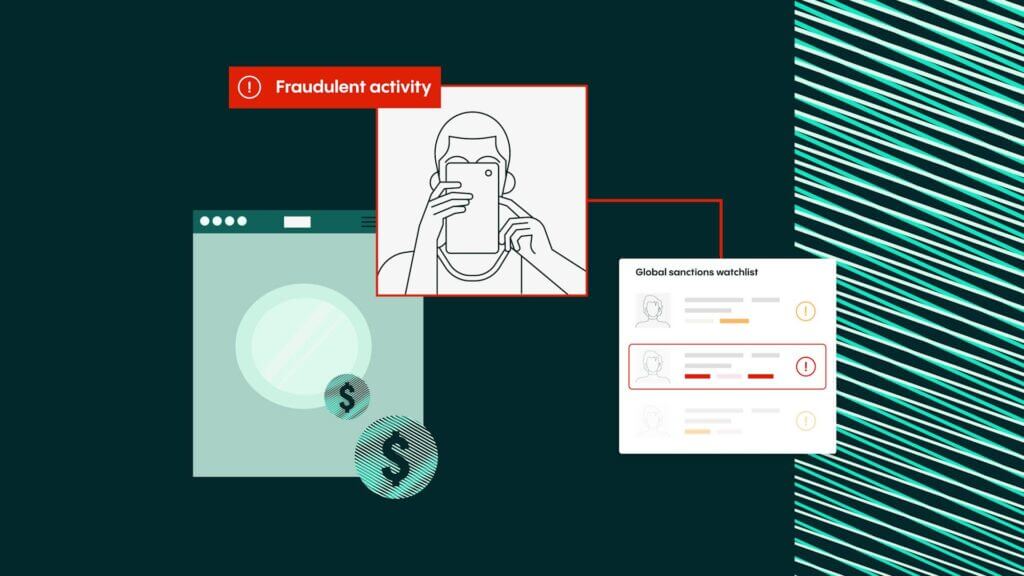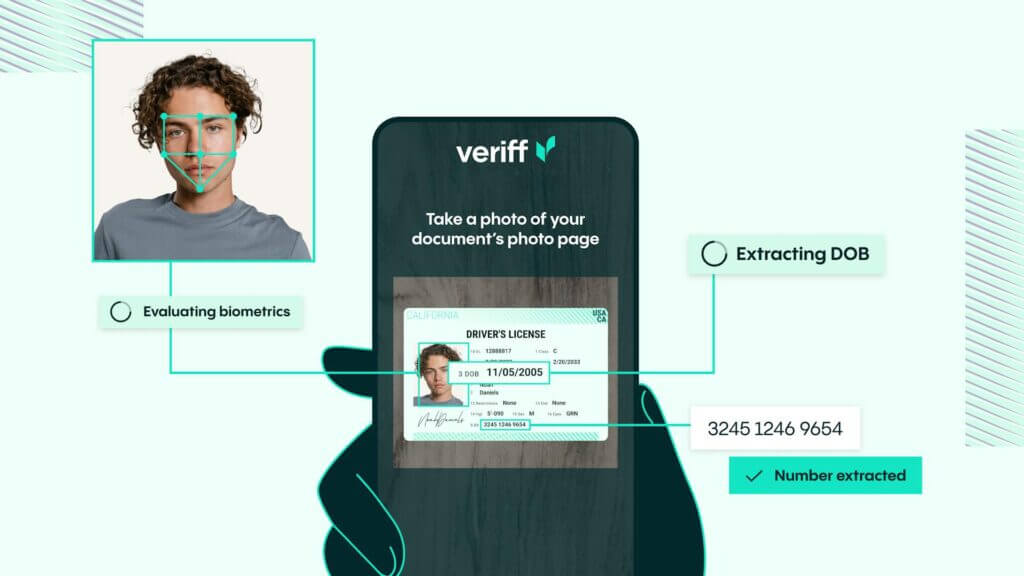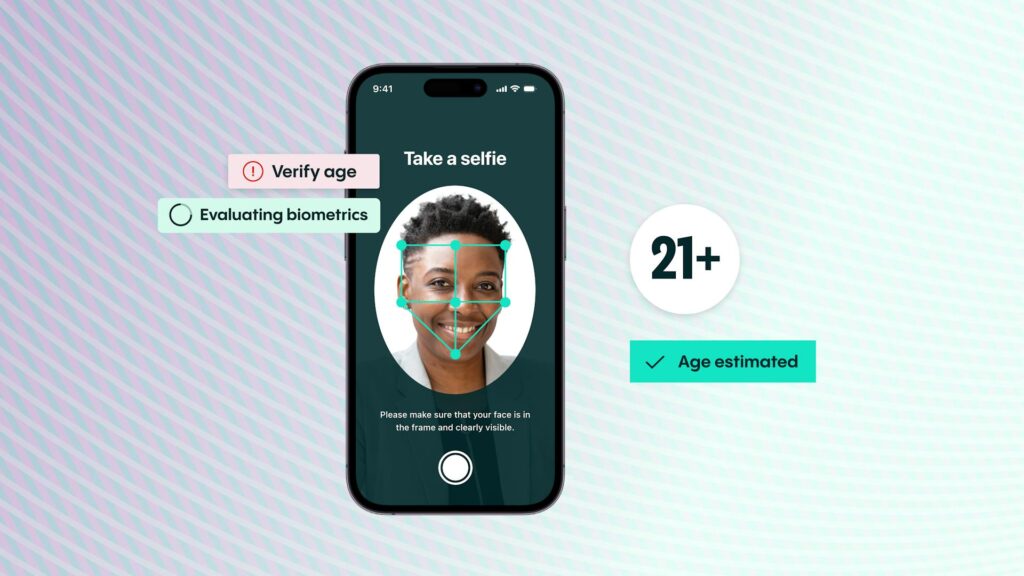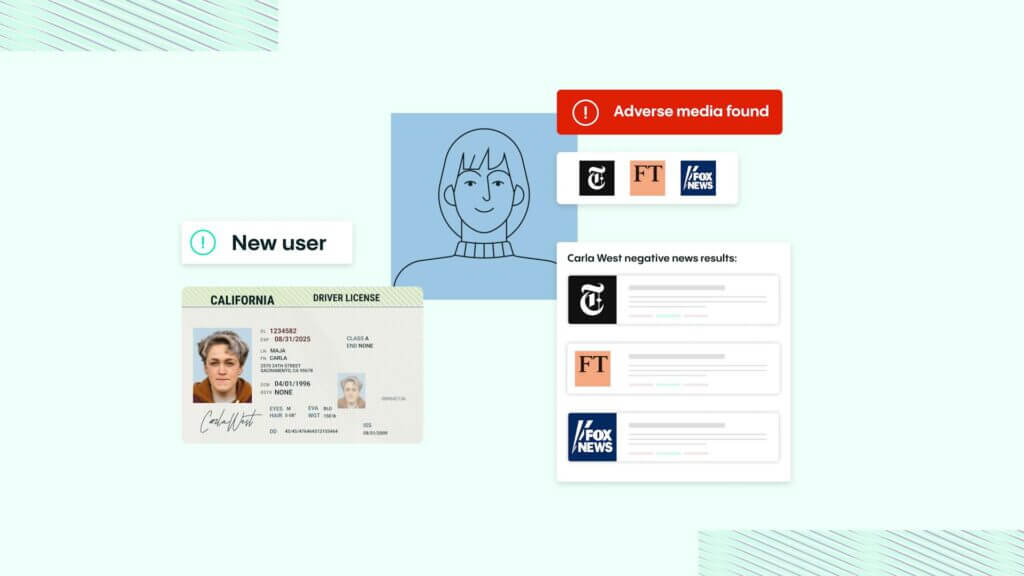KYC Article
Mastering KYC onboarding: Your ultimate guide with a comprehensive checklist
The KYC onboarding process is the customer due diligence (CDD) process that regulated entities such as banks are required to undertake before they onboard a new customer. The ultimate goal of the KYC onboarding process is to fight fraud, money laundering, and tax evasion.
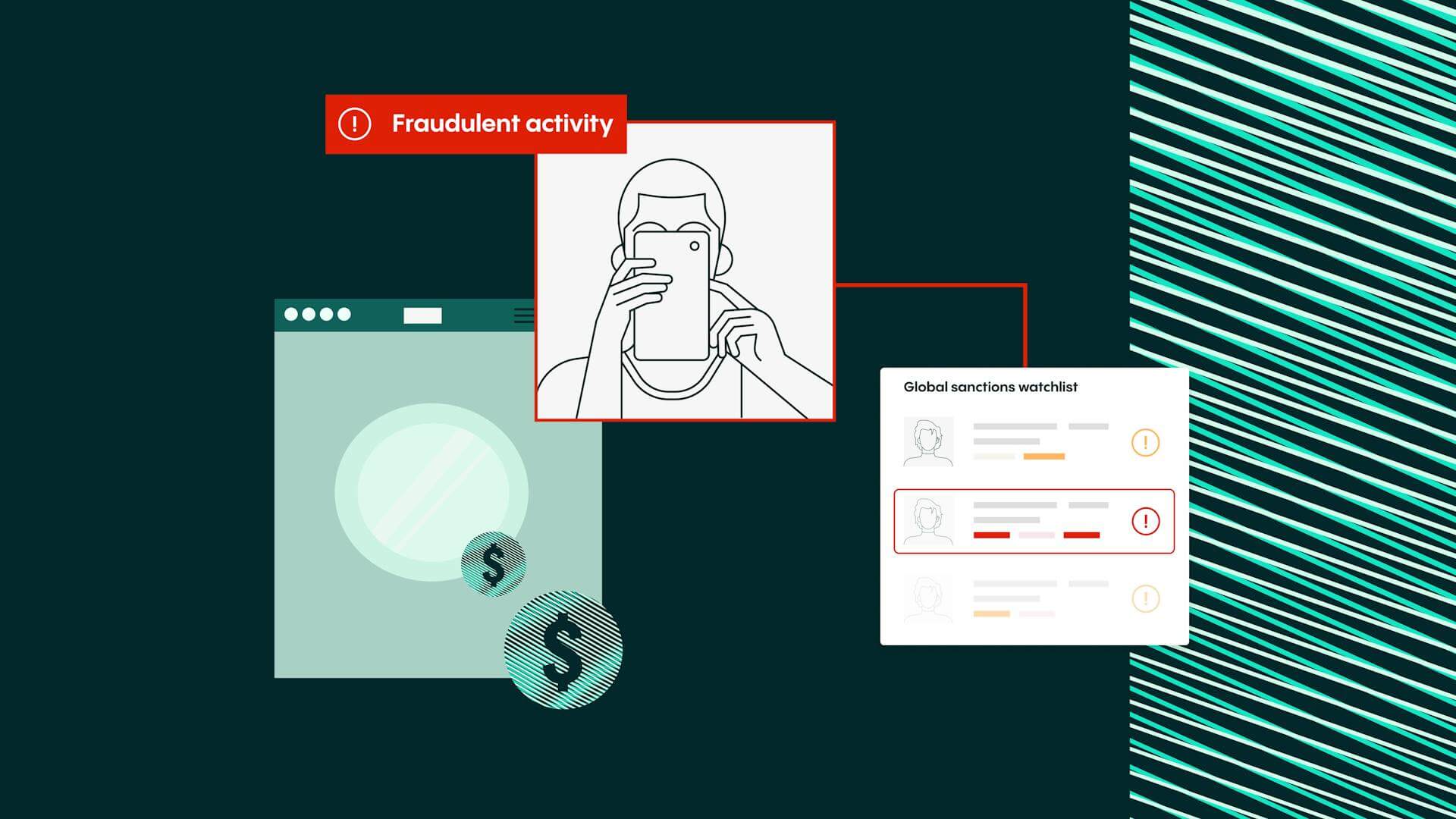
Customer onboarding is the process of welcoming new customers into your business, while KYC (Know Your Customer) is a process of identifying and verifying individuals and their level of risk. It is important to note that not all customer onboarding involves KYC.
Customer onboarding in KYC is the process of identifying and verifying individuals before they become customers of a business. This involves validating information such as their name, date of birth, and address to ensure compliance with regulatory requirements and prevent financial crimes like money laundering.
Why customer onboarding is crucial – and the importance of KYC?
Customer onboarding is critical to creating great customer experiences – while also helping your organization stay secure and compliant.
A great onboarding experience sets the right tone for the service a customer can expect. However, if handled poorly, it can leave a negative impression about the organization. Research shows that acquiring a new customer is anywhere between five and 25 times more expensive than retaining an existing one – so it’s essential to make the onboarding experience as smooth as possible for customers.
In fact, customers who have a positive impression of the onboarding process have much less drop-off after 21 days of being a customer compared with those who have a negative experience, while companies that focus on user onboarding able to increase their prices by 10% without any push back from customers.
However, the customer onboarding process can expose companies to financial risks, too. Many businesses are required by law to prevent financial crimes, such as money laundering and tax evasion. Failure to comply can result in significant financial penalties, and even loss of license. As a result, companies are also obliged to implement a user onboarding process as a means of verifying the identity of individuals.
To tackle this challenge, businesses usually follow the Know Your Customer (KYC) onboarding process, which includes establishing a customer identification program (CIP). Although the process varies geographically, this is a four-step workflow process that involves collecting the full name, date of birth, and address of the customer. Once the company has this information, it must then verify that person. To accomplish this for remote onboarding, the individual will typically be asked to provide a government-issued ID and a selfie.
Establishing the correct KYC onboarding process is a vital part of ensuring that your business meets its regulatory obligations. However, if your KYC verification processes are too burdensome or inefficient, you’ll find that your conversion rates drop sharply.
Meanwhile, properly managed, customer onboarding will result in happy customers.. In addition, satisfied customers are more likely to tell their friends about your service – boosting your word-of-mouth marketing. Consumers are also more likely to pay a premium for a service if they perceive the onboarding process to be smooth and efficient.
For this reason, you should consider how your KYC onboarding process can be streamlined and automated, while meeting your regulatory requirements.
What exactly does a KYC check include?
The KYC procedure is a multi-step process that checks the identity of individuals. It encompasses the verification of a government-issued identity document to confirm the identity of the person, biometric verification technology to match the person with their ID photo, document checks such as utility bills to provide proof of address, and liveness checks, to add an additional layer of security. These steps are critical in helping to mitigate identity fraud and financial crimes. As a result, regulated organizations such as banks and financial institutions are strictly required to adhere to KYC and anti-money laundering (AML) regulations to protect both their operations and their customers.
The digital age has facilitated a huge increase in online banking and digital financial transactions, which has in turn delivered a surge in cybercrimes and identity theft. As a result, KYC procedures are increasingly important, helping ensure your business complies with legal regulations.
There are three key components to KYC:
- Customer Identification Program (CIP): CIP is the process of verifying a customer’s identity through documents such as government-issued IDs.
- Customer Due Diligence (CDD): CDD involves collecting and analyzing information about a customer’s risk profile to identify any potential red flags or risks.
- Enhanced Due Diligence (EDD): EDD is a more thorough level of due diligence that may be required for customers with higher risk profiles, such as politically exposed persons or those involved in high-risk transactions. Overall, these components work together to ensure businesses have a complete understanding of and can verify the identity and potential risks associated with their customers.
How do the key components of a KYC checklist enhance user trust during onboarding?
Customers want a frictionless onboarding experience – more than three in five users (63%) consider the process when deciding whether to purchase a service or a product. When it comes to completing the KYC process, consumers want to know that it will be quick and effective, and that their data will be protected.
To maintain user trust throughout the process, companies should bear in mind the following factors:
Verification accuracy
An important step in the KYC process is identity verification. To verify a person is who they claim to be, the customer will be asked to provide proof of identity and address. To expedite this process, companies can deploy an automated solution, to carry out identity verification in less than a minute and to onboard customers within hours. Here, time is of the essence – customers will give up and go elsewhere if the process is long and convoluted.
Transparency
It is also vital that the KYC process is transparent and that all customers understand how their personal information is being used. Let’s take the life insurance industry as an example. There, potential policyholders must be thoroughly screened before a policy is issued. Their identity should be established, and their risk level assessed to prevent fraudulent activities. But for the customer to have trust in the process, it must be fully transparent – they need to understand what the insurer’s requirements are and why they are being asked to share personal information.
Data Security
KYC involves the sharing of highly personal data. All this collected data – whether it involves personal identifiable data collected from documents or biometric authentication information, must be protected. To maintain user trust, companies should ensure that they comply with data privacy regulations such as the General Data Protection Regulation (GDPR) and make the customer aware of this fact. GDPR establishes standards on the protection of personal data companies handle and the privacy of their customers.
Efficiency
Lengthy KYC processes can frustrate customers and increase abandonment rates, especially in industries where fast onboarding is essential, such as buy now, pay later companies, or delivery services. That’s why many organizations have moved away from manual KYC processes, which tend to be time-consuming and labor-intensive. It is also easy for errors and unconscious bias to creep into the manual process, which can substantially lengthen its completion. Automated KYC on the other hand can have a positive impact on the customer, significantly reducing the time taken to verify customer identity and assess risk – all resulting in faster onboarding, improved customer satisfaction, and increased customer loyalty and retention.

TALK TO US
Talk to one of Veriff’s compliance experts to see how IDV can help your business.
How do businesses ensure effective user identity verification using the key components of a KYC checklist?
Fraud is a growing problem for businesses and consumers. According to the US Federal Trade Commission, consumer losses related to fraud increased by 70% in 2021 – to more than $5.8 billion. Increasingly, fraudsters are stealing peoples’ identities for criminal purposes, a process known as identity theft. One way organizations can prevent this is through identity verification. But for identity verification to be effective, it must be incorporated into a KYC process and handled in a particular way. So, what are the different components of a KYC checklist and how do they inform user identity verification.
Document verification
Identity verification involves the submission of identity documents such as passports and driving licenses. This involves checking the authenticity of asserted documents – through the checking of document fonts, watermarks, holograms, and other security features. To save time and effort, this process is often done through automation.
Data validation
Accurate identity verification is dependent upon the data that customers provide. That’s when data validation comes into play. Within the context of KYC, data validation is the process of verifying the customer data before the identity of the customer can be confirmed. It may be tempting to skip the validation process, but it is a vital step in ensuring that accurate results are generated.
Identity authentication
Establishing a person’s identity can be difficult, particularly online. Identity verification helps ensure that somebody is who they claim to be. Authentication is often carried out using items a person already has. It might involve tokens, ID badges, or key cards. Alternatively, authentication may be based on someone’s physical attributes – which is why biometric information and documents are often a cornerstone of identity authentication. Whatever method is employed, authentication is a vital step in providing a person with certain rights and privileges – for example, having the opportunity to open a bank account.
Risk assessment
The purpose of risk assessment is to identify and evaluate potential risks that may arise from providing services to a particular customer. Some prospects are then moved into enhanced due diligence (EDD). EDD is intended to mitigate the risk associated with high-risk customers and involves a more detailed analysis of a customer’s risk profile.
Ongoing monitoring
Ongoing monitoring allows businesses to identify any unusual patterns or changes in customer behavior that might indicate high-risk transactions.
What compliance and KYC benefits does effective user onboarding bring to businesses?
KYC practices play an important role in combating financial crimes such as money laundering. In fact, if a business fails to carry out KYC onboarding properly and does not meet its AML responsibilities, it can suffer huge fines and significant reputational damage.
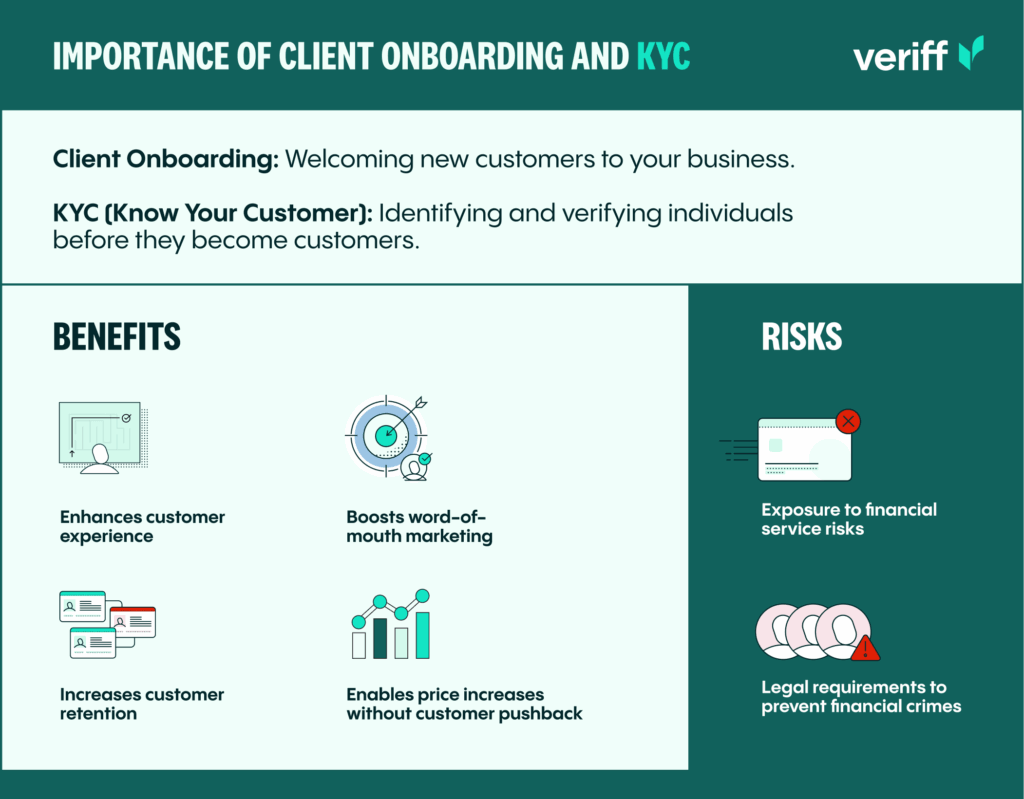
What impact can efficient onboarding combined with KYC have on fraud prevention and risk management?
Verifying customers’ identities through KYC onboarding can prevent fraudsters from entering your systems. IfID verification is carried out properly, it should identify out-of-date, inaccurate, or mismatched information. Efficient onboarding can also play an important role in risk management – every business must protect its reputation at all costs, and KYC plays an important role in this respect.
How can Veriff’s KYC tools enhance the efficiency and accuracy of the onboarding process?
Veriff has several KYC tools that can enhance the accuracy and efficiency of the customer onboarding process.
Our powerful identity verification solution is proven to deliver speed, convenience, and low friction to users. Combining AI-powered automation with reinforced learning from human feedback, our solution supports more than 12,000 document specimens from more than 230 countries and territories. See the worldwide map here!
Our Biometric Authentication solution uses AI and facial biometric analysis to swiftly and securely authenticate users, granting instant access to products and services. Furthermore, this fast and fully automated process can be integrated into any stage of the customer journey.
One aspect of the KYC onboarding process that can’t be sidestepped is Proof of Address (POA). Our POA solution helps you stay compliant whilst getting a comprehensive view of a user’s identity. Users can easily capture an image or upload a copy of a POA document. The document type and issue date are checked to ensure they are suitable and valid.
Our Age Verification solutions complete our list of KYC products. Age Validation, enables you to seamlessly confirm whether users are above a predefined minimum age threshold, while our Age Estimation solution uses a single selfie to verify an individuals age without an identity document









